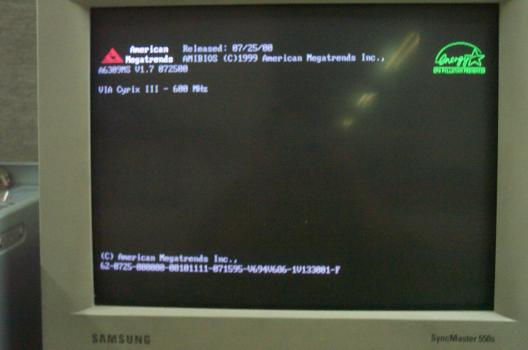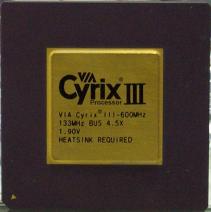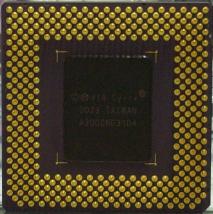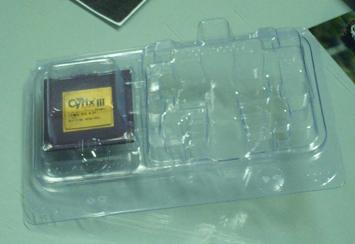Cyrix III Reviewed
Posted by Wesley on
Now here's something slightly different! Up to now, I've generally floated around AMD-related stuff, but now I've just put up VIA Cyrix III 533, 600MHz Review for your perusing. Yes, Cyrix is back, but is it with vengeance? Go take a look!




